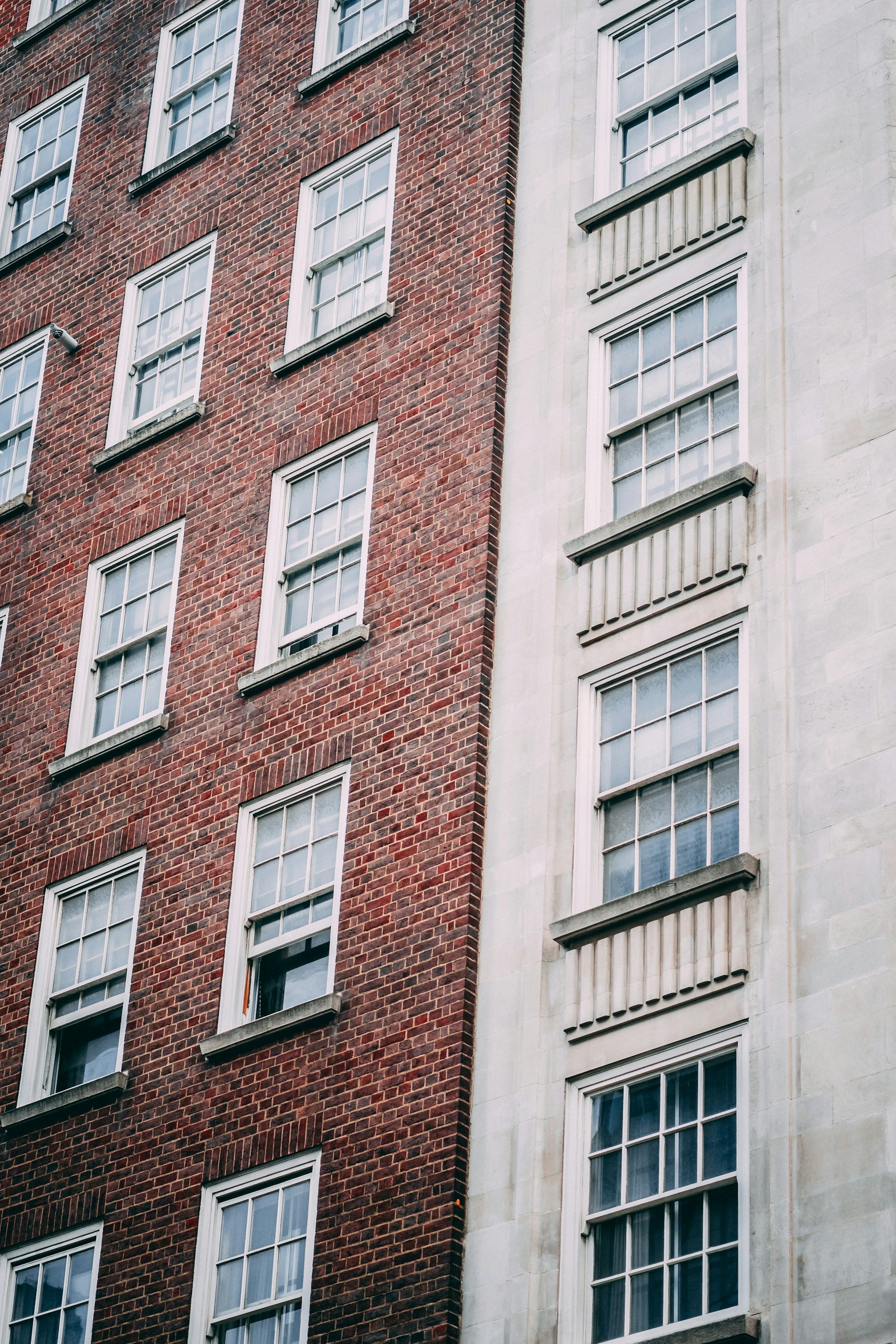Discover the role of weep holes in masonry facings. The weep hole allows air to circulate between the masonry and the sheathing in order to drive out humidity and condensation. For this reason, it is essential to avoid blocking all openings during the design of the brick wall. The weep hole is an opening located on a brick wall. It is easily recognizable because you will find that a vertical mortar joint between two bricks was intentionally left unfilled during the design. It allows ventilation, the evacuation of water and humidity while blocking access to vermin and other debris. This opening is created every 800 mm (32 in) in the first row above the foundation, recessed balconies, doors and windows. You should know that a masonry wall is not waterproof, which allows your building to breathe. During inclement weather, water could penetrate and drip down the back of your wall. Not all brick walls have weep holes. More than 50 years ago, this practice was not widespread. The absence of a weephole can therefore mean that your house was built before the 1970s. Although this can become a concern as the house or building ages, it is possible to create weepholes on a wall even several years after its construction. Several solutions are available to you :



BRICK VENTS (PVC)
Made of polyvinyl chloride (PVC), injection molded.
WEEP HOLES (CELLVENT)
Made of polypropylene in accordance with standards ASTM D22240-D790B-D638 and D-1238B. Available in different colors, they harmonize well with your masonry joint.
WEEPVENT
Available in different sizes and colors, they harmonize well with your masonry joint. The compressibility of the elements makes it possible to completely fill the joint to be protected and the thorns that make up the wick net allow better adhesion. A flame retardant is included.
